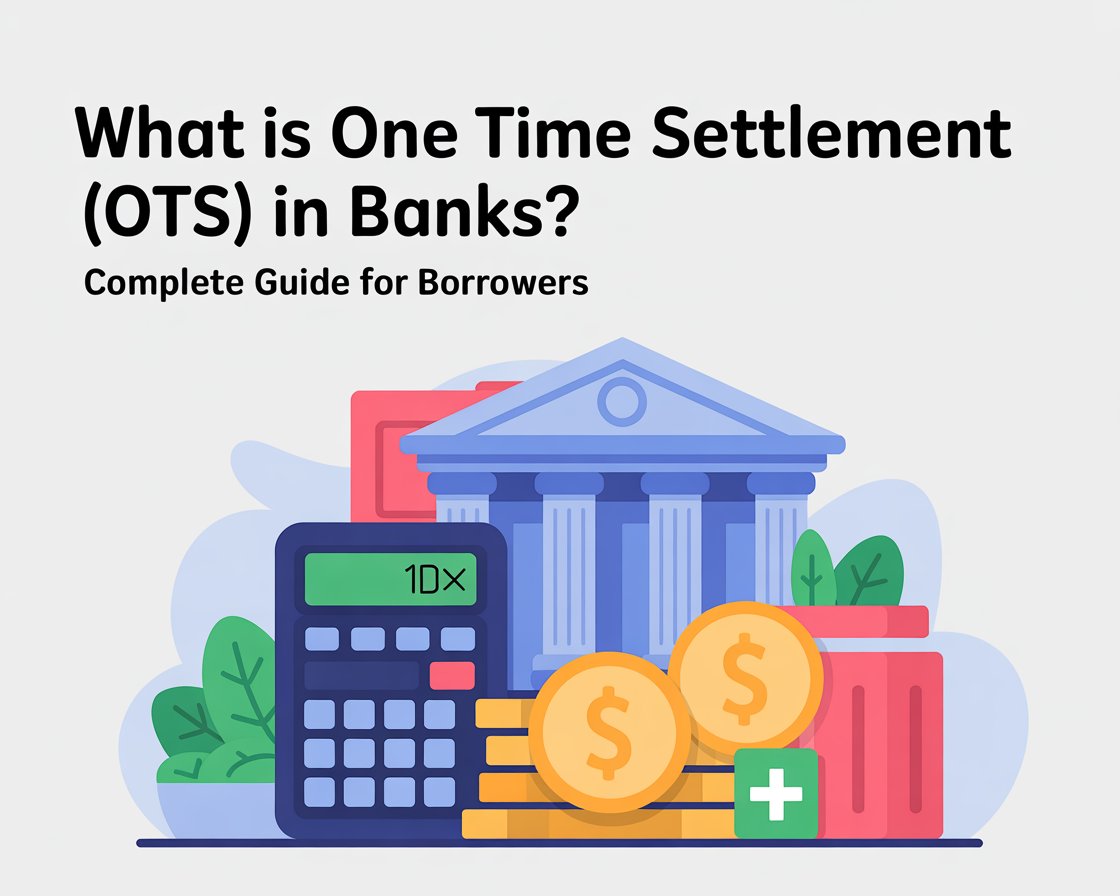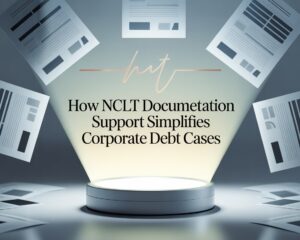Debt management is a daunting task, particularly when unforeseen financial hiccups pose difficulties in repaying debts on time. One-time settlement in banks is a practical and effective way of solving the problem of overdue loans by borrowers. Rather than being subjected to the stress of long-term repayments or court battles, borrowers can negotiate with banks to pay outstanding dues at a lower rate, giving them a quick cash injection. Not only does this relieve the burden, it also provides an opportunity to close an account as agreed by all parties, allowing borrowers to reclaim their financial resources.
In today’s fast-paced financial world, understanding the OTS meaning in banking is crucial. This guide disaggregates the mechanism, who is eligible, and the benefits and possible pitfalls of opting for a settlement. Whether you have an overdue loan to clear or want to explore debt management, a clear understanding of bank one-time settlement can help.
OTS Meaning in Banking
The OTS banking meaning refers to a settlement process where a borrower repays part of a loan as a final payment. Once the borrower pays the negotiated sum, the bank closes the loan account even if the full dues were not cleared.
Banks provide OTS schemes for borrowers in situations where full repayment seems unlikely. While it helps banks recover part of the loan quickly, it also enables borrowers to pay off their debt without being entangled in legal disputes.
Why Banks Offer One-Time Settlement
Banks typically offer one-time settlement in the following situations:
- The loan has become a non-performing asset (NPA).
- Recovery through legal action may take years.
- The borrower shows difficulty in repayment.
- Both the bank and borrower want a quick resolution.
This approach helps banks recover funds faster, reduces litigation costs, and removes NPAs from their books, while providing borrowers with a practical debt relief option.
Eligibility for Loan One-Time Settlement
Not all borrowers automatically qualify for a borrower OTS scheme. Banks assess eligibility based on:
- Loan Type: Generally applicable for NPAs or overdue loans rather than performing accounts.
- Borrower Profile: Financial hardship, repayment ability, and genuine intent.
- Loan Size: Typically focused on larger bad debts.
- Previous Repayment History: Borrowers showing sincere repayment intent may get preference.
Policies for bank loan one-time settlement differ across banks, and eligibility criteria may vary accordingly.
How the OTS Process Works
The loan one-time settlement process typically involves the following steps:
- Application by Borrower – The borrower formally requests settlement, citing inability to pay full dues.
- Bank Review – The bank examines the loan account, repayment history, and financial situation of the borrower.
- Negotiation – Both parties agree on a reduced settlement amount to be paid within a specific timeline.
- Payment and Closure – Once the borrower pays the agreed amount, the loan account is closed, and any legal actions are withdrawn.
While details may vary across banks, the overall process remains largely the same.
Benefits of One-Time Settlement in Banks
For borrowers:
- Relieves heavy debt burden.
- Avoids future legal complications.
- Provides a fresh financial start.
For banks:
- Ensures faster recovery of funds.
- Reduces litigation and related expenses.
- Improves balance sheet by clearing NPAs.
Thus, bank one time settlement offers a win-win scenario for both parties.
Challenges and Drawbacks of OTS
Although useful, OTS has limitations:
- Credit Score Impact: Settled accounts can reduce credit ratings.
- Not Always Accepted: Banks may decline applications if repayment capacity appears strong.
- Higher Settlement Requirement: Negotiated sums may still be challenging for borrowers.
- Limited Availability: Not all loans or borrowers qualify for the scheme.
Borrowers should carefully consider these factors before opting for a loan one time settlement.
Key Legal Aspects of OTS
Legal considerations are crucial in the OTS scheme for borrowers. Banks ensure settlements comply with RBI guidelines and internal policies. Settlement agreements are legally binding, and both parties must honor the terms once signed.
Borrowers should thoroughly review settlement letters, payment timelines, and any legal conditions. Proper documentation helps prevent future disputes and ensures a smooth closure.
How Borrowers Can Approach OTS
Borrowers looking to opt for bank one-time settlement should follow a systematic approach:
- Engage with the Bank Early: Initiate discussions before legal recovery actions escalate.
- Provide Genuine Reasons: Demonstrate financial hardship with proper documentation.
- Negotiate Wisely: Ensure the agreed settlement amount is feasible.
- Seek Professional Advice: Legal or financial experts can help avoid mistakes during the process.
Conclusion
The choice to opt for a loan one time settlement should be weighed against personal financial goals and future borrowing plans. For some borrowers, it provides immediate relief by reducing overall debt and creating room for a fresh start. However, it can also impact credit scores, limiting access to future loans. Evaluating repayment capacity, exploring restructuring or negotiated repayment options, and seeking professional advice ensures the settlement resolves current debt pressures while safeguarding long-term financial stability.
FAQs on One-Time Settlement in Banks
What is a one-time settlement in banks?
A one-time settlement in banks is a process where a borrower pays a mutually agreed-upon reduced amount to close a loan account. Even if the full dues are not cleared, the bank accepts this payment as final. It helps borrowers resolve debt quickly and provides closure on overdue accounts.
Who is eligible for OTS schemes?
OTS schemes are generally available to borrowers with non-performing or overdue loans. Banks assess financial hardship, repayment history, and willingness to settle before approval. Eligibility may vary depending on the type of loan and internal bank policies.
Does OTS affect credit scores?
Yes, opting for a one-time settlement can affect credit scores. Settled accounts are reported to credit bureaus, which may lower ratings. However, it prevents prolonged defaults or legal action, offering a cleaner resolution.
How is the settlement amount decided?
Banks determine the settlement amount based on the outstanding loan balance, collateral value, repayment history, and the borrower's capacity. The goal is to recover a reasonable portion of dues while making it feasible for the borrower to pay.
Can all loans be settled under OTS?
Not all loans qualify for OTS. This scheme usually applies to NPAs or stressed loans. Performing loans or borrowers with strong repayment capacity may not be eligible for a one-time settlement.








